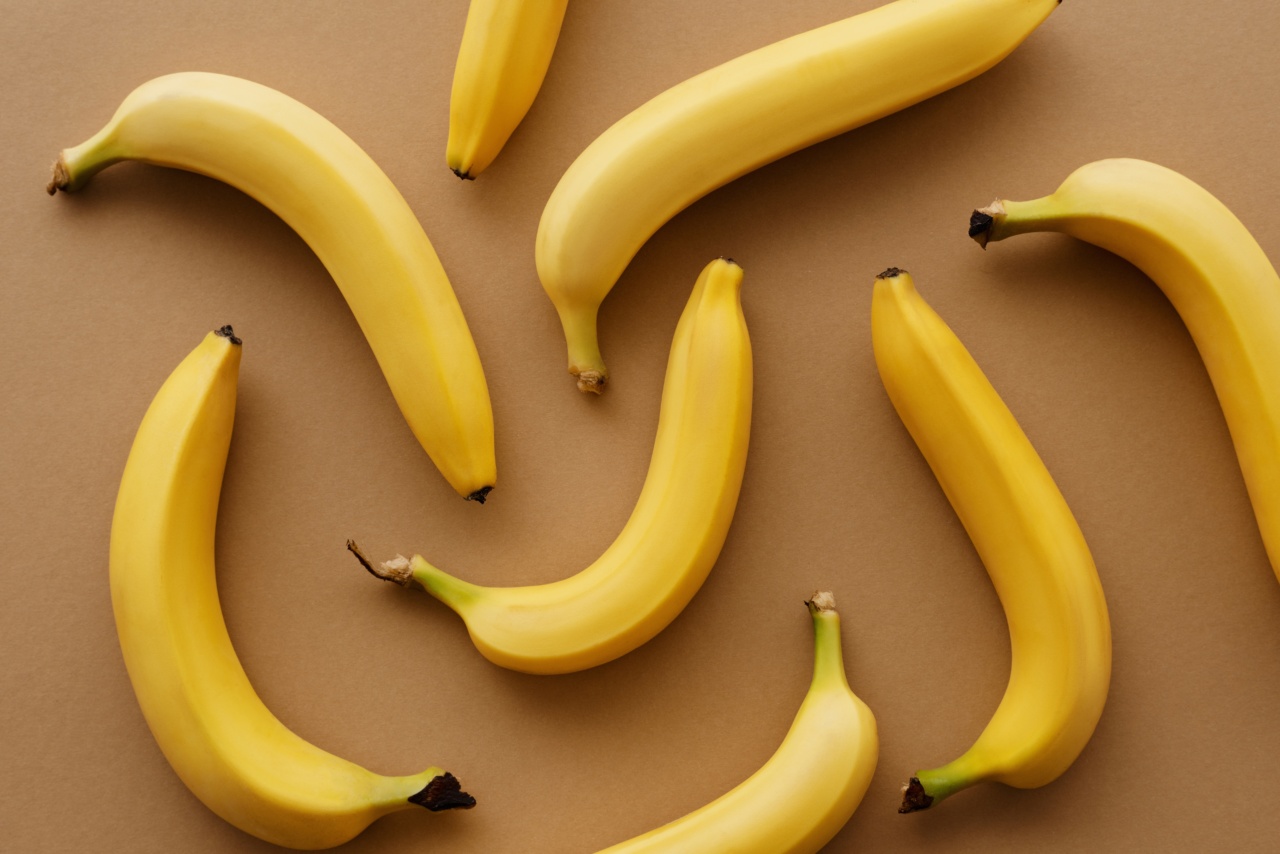Your gut or digestive system is his crucial to your overall health. It is responsible for breaking down food so that your body can absorb nutrients and eliminate waste.
However, when your gut is out of balance, it can lead to a host of health problems, including digestive issues, inflammation, headaches, and even depression.
The good news is that your diet plays a crucial role in restoring and maintaining gut balance. The gut-balancing diet is all about feeding your digestive system with foods that promote healthy gut bacteria while avoiding those that harm your gut health.
In this article, we will explore the science behind gut health and provide you with a comprehensive guide to the gut-balancing diet.
What is Gut Health?
Gut health refers to the balance of microorganisms and tissues that line your digestive tract.
These microorganisms, which include bacteria, viruses, fungi, and other organisms, are collectively known as the gut microbiome and aid in digestion, nutrient absorption, and the production of vitamins. The gut microbiome also plays a crucial role in regulating the immune system and inflammation.
When the gut microbiome is out of balance, it can lead to dysbiosis, a state characterized by an overgrowth of harmful bacteria or a lack of beneficial bacteria.
This can lead to inflammation, digestive issues, and an impaired immune system, which in turn can lead to a host of chronic diseases.
The Science Behind the Gut-Balancing Diet
The gut-balancing diet is all about nourishing your gut microbiome with foods that promote the growth of beneficial bacteria while avoiding those that harm the gut.
Studies have shown that diet is one of the most critical factors influencing the gut microbiome, and making dietary changes can lead to significant shifts in gut health in just a few weeks.
The gut-balancing diet is primarily based on whole foods such as vegetables, fruits, whole grains, and lean proteins. These foods provide the essential nutrients and fiber necessary for a healthy gut microbiome.
It also includes foods that are naturally rich in probiotics, such as yogurt, sauerkraut, and kefir.
The gut-balancing diet discourages processed foods, particularly those high in sugar, artificial sweeteners, and preservatives. These foods can harm the gut microbiome and contribute to inflammation and disease.
The Gut-Balancing Foods
Here are some of the best foods to include in your gut-balancing diet:.
1. fiber-rich fruits and vegetables
Fruits and vegetables are rich in fiber, a type of carbohydrate that the body cannot digest. Fiber is essential for a healthy digestive system as it promotes the growth of beneficial bacteria in the gut.
Aim for at least five servings of fruits and vegetables a day and include a variety of colors to get all the essential nutrients.
2. Fermented Foods
Fermented foods are rich in probiotics, which are live bacteria that promote gut health. These foods include yogurt, kefir, sauerkraut, pickles, and kombucha. Aim for at least one serving of fermented foods each day.
3. Whole Grains
Whole grains include oats, brown rice, quinoa, and whole wheat. They are rich in fiber, which promotes a healthy digestive system.
4. Lean Proteins
Protein is essential for building and repairing tissue in the body. Opt for lean protein sources such as chicken, fish, beans, and tofu.
5. Healthy Fats
Healthy fats such as those found in nuts, seeds, avocado, and olive oil can promote gut health by reducing inflammation and supporting healthy digestion.
The Foods to Avoid
Here are some of the foods to avoid in a gut-balancing diet:.
1. Processed Foods
Processed foods are typically high in sugar, artificial sweeteners, and preservatives, which can harm the gut microbiome and contribute to inflammation and disease. Avoid processed foods as much as possible.
2. Sugar
Sugar feeds harmful bacteria in the gut and can contribute to inflammation and disease. Avoid added sugars in sweets, candy, and sugary drinks.
3. Artificial Sweeteners
Artificial sweeteners can disrupt the gut microbiome and lead to digestive problems. Avoid artificial sweeteners such as aspartame and sucralose.
4. Gluten
Gluten is a protein found in wheat, barley, and rye and can irritate the gut lining in some people. If you have gluten sensitivity, avoid gluten-containing foods.
Gut-Balancing Diet Meal Plan
Here is a sample meal plan for a gut-balancing diet:.
: Breakfast
- Green smoothie with spinach, banana, almond milk, and chia seeds
- Oatmeal with cinnamon, berries, and almond milk
: Lunch
- Lentil salad with mixed greens, cherry tomatoes, and avocado
- Grilled chicken salad with mixed greens, cucumbers, and olive oil dressing
: Dinner
- Sautéed salmon with roasted veggies
- Grilled tofu with quinoa and roasted veggies
: Snacks
- Apple slices with almond butter
- Carrot sticks with hummus
The Benefits of a Gut-Balancing Diet
A gut-balancing diet has numerous benefits, including:.
- Improved digestion and nutrient absorption
- Reduced inflammation
- Improved immune system function
- Better mental and emotional health
- Reduced risk of chronic diseases, including obesity, diabetes, and heart disease
Conclusion
Adopting a gut-balancing diet can lead to significant improvements in gut health and overall well-being.
By focusing on whole foods, fiber, and fermented foods while avoiding processed foods, sugar, and artificial sweeteners, you can restore and maintain balance in your gut microbiome. If you are experiencing digestive problems or other gut-related issues, consider consulting a healthcare professional for personalized recommendations.






























